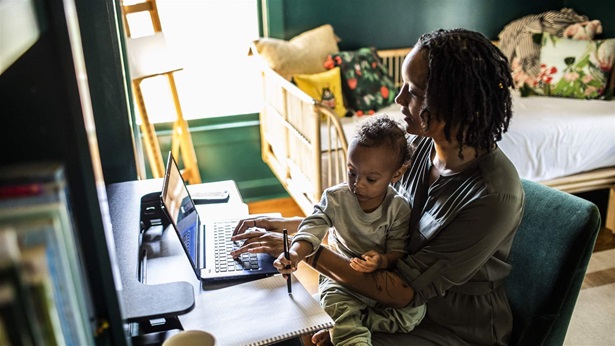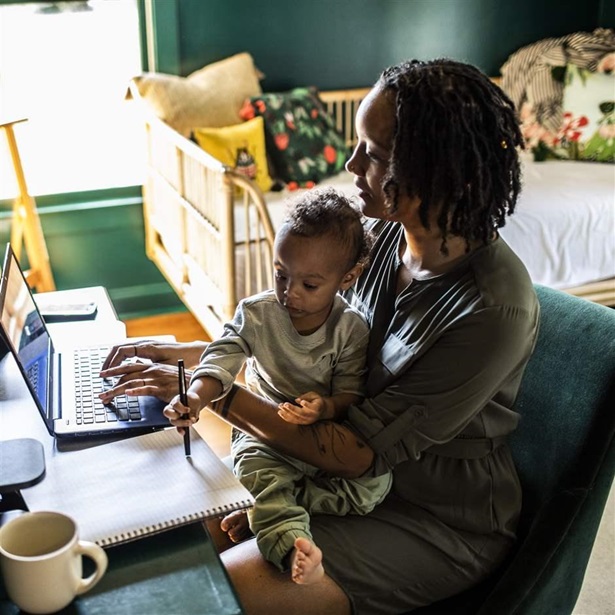The Pew Charitable Trusts Launches Opportunity Broadband
Newly formed alliance will focus on maximizing universal broadband access for economic empowerment, community prosperity
WASHINGTON—The Pew Charitable Trusts today launched Opportunity Broadband—an alliance of 5 companies, associations, and nonprofit organizations across the country working to ensure that our nation’s investment in universal, affordable broadband access strengthens communities and promotes equal participation in the economy.
Strong bipartisan support—illustrated by the passage of the Infrastructure Investment and Jobs Act, the American Rescue Plan Act, and many other legislative actions at the federal and state levels—has finally put high-speed internet, and the skills and tools to use it, within reach for all Americans. The programs created by these initiatives will lead to opportunities for improved economic mobility, access to health care, educational opportunities, and much more. Pew formed Opportunity Broadband to help ensure that the nation can deliver on those promises by helping communities prepare to leverage connectivity, skills, and devices to realize the long-promised outcomes of digital equity.
“Now is the time to ensure that the benefits of connectivity are available to all communities. Universally available and affordable broadband, access to devices, and digital literacy are the first—not the only—steps toward achieving that goal,” said Kathryn de Wit, project director of The Pew Charitable Trusts’ broadband access initiative. “But no single organization can take those steps alone. Delivering on the promises of digital equity will require sustained focus, investment, and partnerships that cross sectors and industries, which is why we’re thrilled to have these organizations and businesses joining this important work.”
Along with The Pew Charitable Trusts, the founding members of Opportunity Broadband include Heartland Forward, the James H. and Mary B. Quello Center at Michigan State University, Small Business Majority, and the XR Association.
“We have been working diligently since 2019 to support innovation, economic growth, and a better quality of life in the middle of the country,” said Angie Cooper, chief program officer for Heartland Forward. “Access to affordable high-speed internet is integral to those aspirations—it’s necessary for everything from online learning and running a business to getting health care and maintaining social connections. And yet millions of residents across the heartland can’t get online. It can’t be overstated: With the federal and state resources that are being marshaled to expand broadband access, we have a once-in-a-lifetime chance to connect the heartland and the rest of America. We can’t afford to fail.”
One of Opportunity Broadband’s first steps is to identify the barriers between universal broadband access and technology-enabled advancements in health care, education, and economic opportunity. Over the next several months, the alliance will develop an action plan to help communities across the nation benefit from high-speed internet connections and intends to hold a conference in summer 2022.
For more information on Opportunity Broadband, visit opportunitybroadband.org and follow @Opportunity_BB on Twitter.










